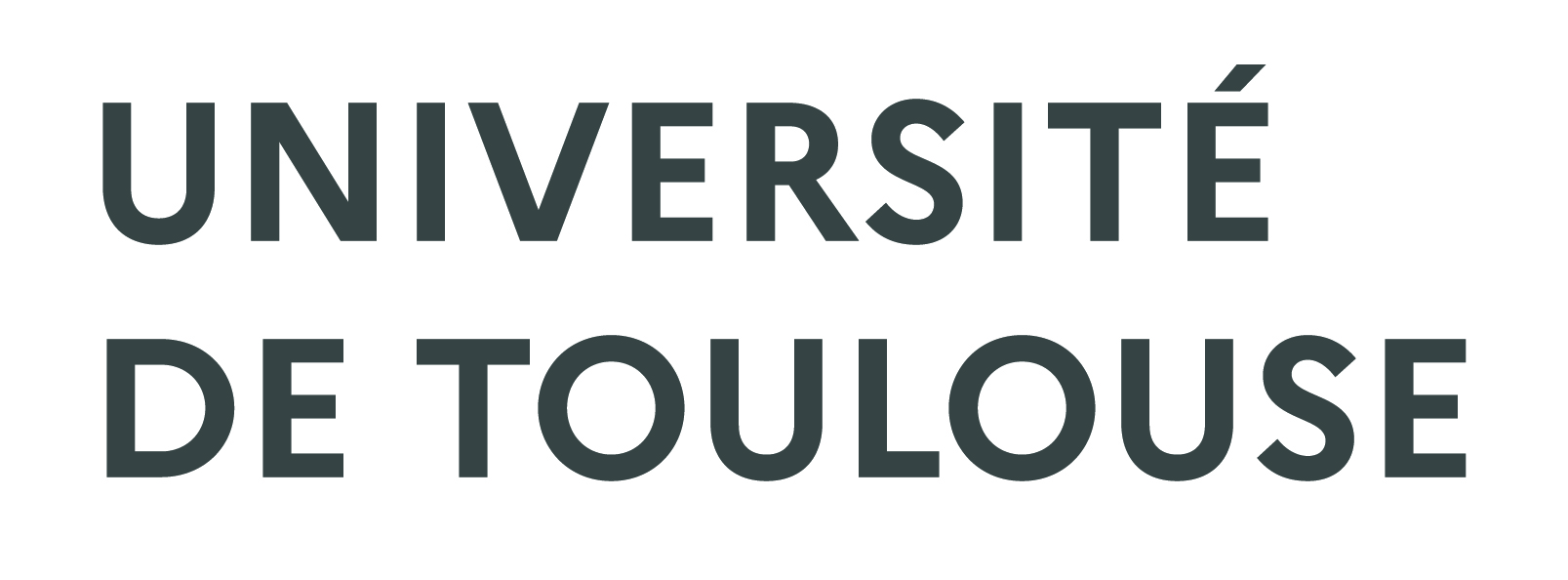A spatially explicit model to simulate soil microbial communities’ dynamics at an agricultural landscape scale
Résumé
Soil microorganisms play a major role in soil functions and are an efficient indicator to evaluate the impact of agricultural practices on soil quality. Biogeographical studies over wide scales ranging from landscape to countries have concluded that soil microbial abundance and soil prokaryotic richness is following a heterogeneous distribution in space under the dependence of soil properties (e.g. pH, soil texture, organic matter content) and agricultural practices. The goal of this study is the creation of a model that can predict dynamics of soil microbial communities depending on the agricultural management over time. For this, we focus on a monitored landscape (Fénay landscape, 1.200 ha, Burgundy, France) where agricultural practices are recorded since 2004. A regular grid of 267 sites is set up over this landscape and soil samples are characterized for their soil microbial biomass and prokaryotic richness in 2011, 2016 and 2019. We propose a coupling agent-based model (ABM) with experimental data, ecological concepts and mathematics models. As we work on spatial and temporal dynamics of populations, GAMA Platform seems to be a relevant software. We consider several agents “farmers” that can own one or more agricultural “plots” and have activities on it (panel of agricultural practices). Each cropland plot owned by a farmer is divided into small entities called “microplots” of, at most 30m per 30m, which contain different information about soil properties and microbial communities. The dataset is divided into a learning dataset (70% of data) and a validation dataset (30% of data). We calibrate our methodology first on soil microbial biomass dynamics and we will apply the same modeling protocol on prokaryotic richness. First, the dynamics of soil microbial biomass is evolving at each iteration (daily) and is compared to a theoretical value obtained based on the RMQS (french soil quality monitoring network) repository. The impacts of each farming practice and flow level of microorganisms are evaluated with R software based on the learning dataset. Daily microbial growth and carrying capacity of the habitat in zero impact conditions were calibrated with numerical simulation method (based on equation system). In order to evaluate the model, we initialize data in 2011 and we run the model until September 2016 and then until September 2019, date of the second and third sampling campaign. Then, we compare the outputs of the model with the values obtained in 2016 and 2019 on the validation dataset. A sensitivity analysis is also under way and will allow identifying redundant parameters. A serious game has been constructed upon this ABM where users can manage agricultural plots and observe evolution of soil microbial biomass due to their practices and their neighborhood’s actions. These participatory workshops permit to explore the model in a different way by providing various realistic agricultural management and add knowledge valued by expert opinion. To go further, the next steps are the validation of this modelling protocol and the use of it in order to evaluate prokaryotic richness dynamics and predict the interactions between bacterial phyla in space and time.
| Origine | Fichiers produits par l'(les) auteur(s) |
|---|

